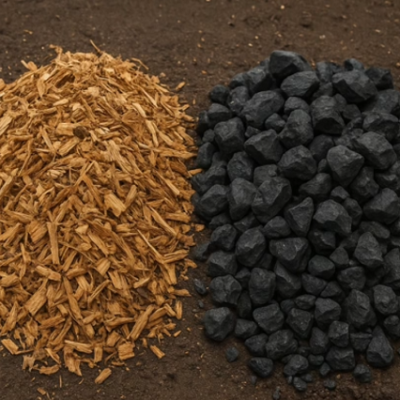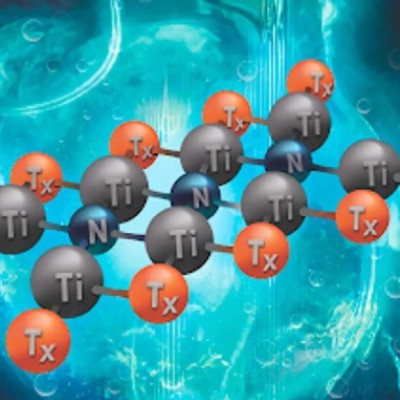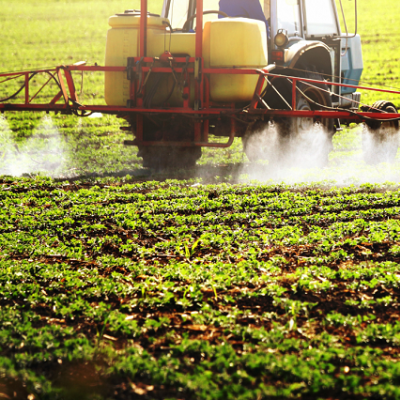Innovations in nanotechnology can help safeguard food security and protect the public from pathogens in food, water and the environment. With support from USDA’s National Institute of Food and Agriculture (USDA-NIFA), researchers at Land-grant Universities are working together to develop nanotechnology that can be used to detect pathogens, develop vaccines, target drug delivery, create antimicrobial packaging, purify water, combat antimicrobial resistance and more. Education facilitates the development and use of nanotechnology, and partnerships with industry are making these technologies broadly available.
Research Highlights
Researchers developed nanoscale sensors that detect pathogens, pesticides, heavy metals and other contaminants in food, water and soil. Many of these tools are smartphone-based, easier to use, faster, more sensitive, and more affordable than previous methods, and many have been adopted. The following universities are involved in this work:
− University of Arizona
− University of Arkansas
− University of Florida
− University of Hawaii
− Iowa State University
− Michigan State University
− University of Missouri
− Utah State University
− University of Wisconsin
Researchers created tools that make nanoscale sensors easier to use. For example, University of Georgia researchers used nanotechnologies to fabricate food quality sensors that stay operational longer. University of Hawaii scientists designed an inexpensive portable instrument that can connect to several types of electrochemical sensors to analyze food and environmental samples. Researchers also developed an Android app that can connect to and control sensors via Bluetooth. The open-source app allows customized data acquisition and visualization, helping users get more information out of sensors.
Newly developed nanomaterials remove contaminants. For example, University of Kentucky scientists developed nanocomposite membranes that remove PFAS, a common carcinogenic pollutant, from drinking water. Researchers at the University of Wisconsin created a reusable nanomaterial that adheres to and removes heavy metals from water. University of Connecticut scientists developed nanomaterials that control microbes and chemicals in wastewater recycled for irrigation. Cornell University researchers produced nanofibers that capture chemicals and pathogens from liquids.
Researchers are using nanoparticles in vaccines and disease treatments. For example, Clemson University scientists developed nanoparticles that bind to and kill pathogens before they infect host cells, and University of Wisconsin scientists developed nanofiber-coated capsules to detect and entrap bacteria that cause urinary tract infections. At Virginia Tech, researchers constructed a nanoparticle that could be used in a vaccine against a highly transmissible and deadly disease in pigs.
Scientists are developing antimicrobial films and packaging with nanoparticles. For example, University of Missouri scientists developed eco-friendly methods for fabricating silver nanoparticles that act as antimicrobials. Scientists at the University of Florida, Michigan State University and Rutgers University are also developing antimicrobial nanomaterials.
Understanding the potential risks of nanomaterials will help make policy decisions related to their manufacturing and use. Scientists at the University of Florida, University of Kentucky and University of Wisconsin are studying the human and environmental health effects of nanotechnology used in food, agricultural, and biological systems. University of Kentucky researchers were among the first to examine and show multigenerational effects from exposure to silver nanomaterials.
Project members established industry and government partnerships that guide, fund, and speed up the development, commercialization, and adoption of nanotechnologies. For example, Michigan State University has an agreement with a food company to validate and potentially license a nanosensor. Tucson Water is using University of Arizona sensors to detect norovirus and PFAS in drinking water.
Project members are disseminating nanotechnology knowledge and techniques. They develop and share educational and training materials in journals, workshops, conferences, and other outlets and are active in the Global Alliance for Rapid Diagnostics, which fosters institutional partnerships, forums and short courses on nanotechnology and biosensors. Publications by project members are widely cited and downloaded. Project members are also reaching wider audiences through popular outlets, like TED talks and news stories.
Project members are training students and scientists worldwide, encouraging future innovations and leadership in nanotechnology. Project members and their students have received numerous awards for their work. This recognition has facilitated new projects and stronger collaborations.
Applications Beyond Food and Agriculture
The nanotechnologies developed by project members have applications far beyond food and agriculture.
− An interdisciplinary team at Michigan State University developed nanoparticles that can be embedded and traced to verify product authenticity. This helps prevent counterfeiting.
− University of Wisconsin scientists developed a method for using nanoparticles to detect explosive compounds.
− University of Kentucky scientists are studying nanomaterials that can fight antibiotic-resistant K. pneumoniae bacteria, which cause infections, especially in hospitals and among older and immunocompromised patients.
− A sensor developed by scientists at the University of Arizona and Michigan State University can detect COVID-19 in water, air and saliva samples.
− University of Arizona scientists developed nanotechnology that can classify the type of oil in samples from oil spills in seawater.
− Nanomaterials created by University of Florida scientists enhance the efficiency of solar cells that convert sunlight into electricity.
This article was originally published by the Multistate Research Fund Impacts Program. It is reprinted here with permission.
Read the original article on National Institute of Food and Agriculture (NIFA).







